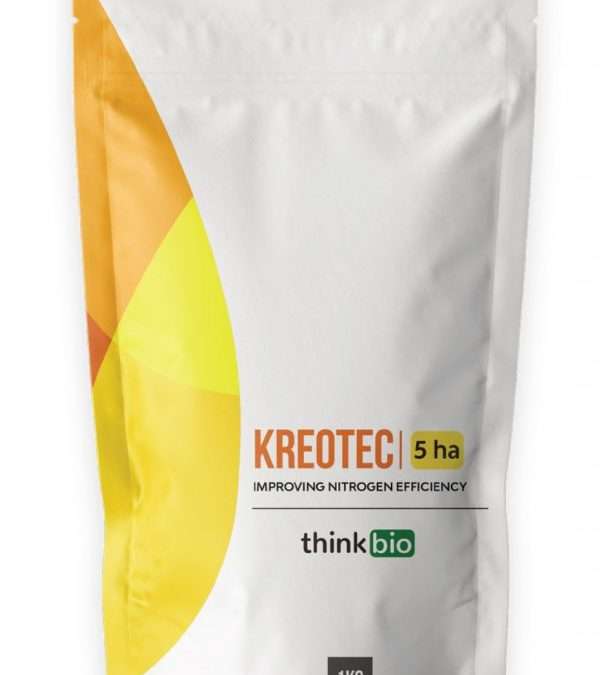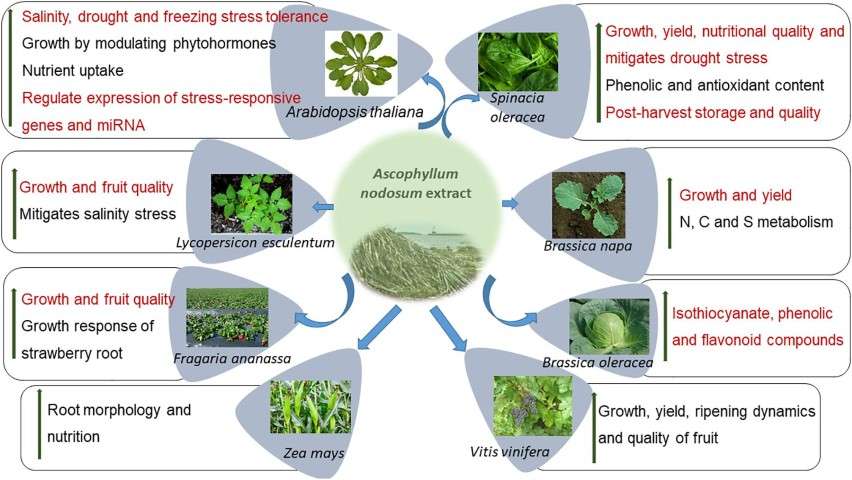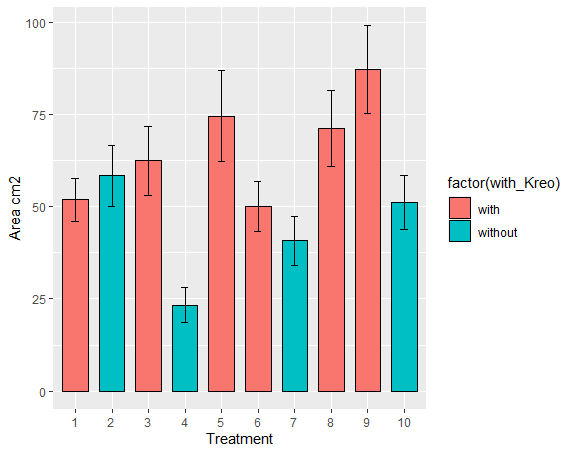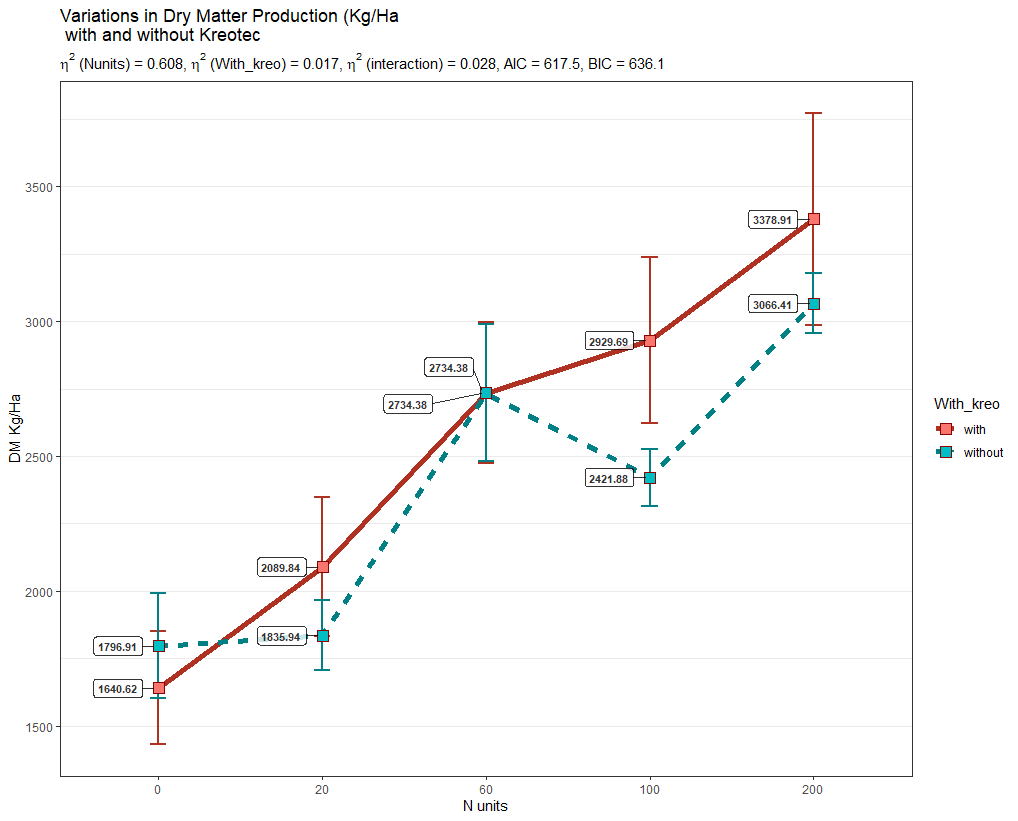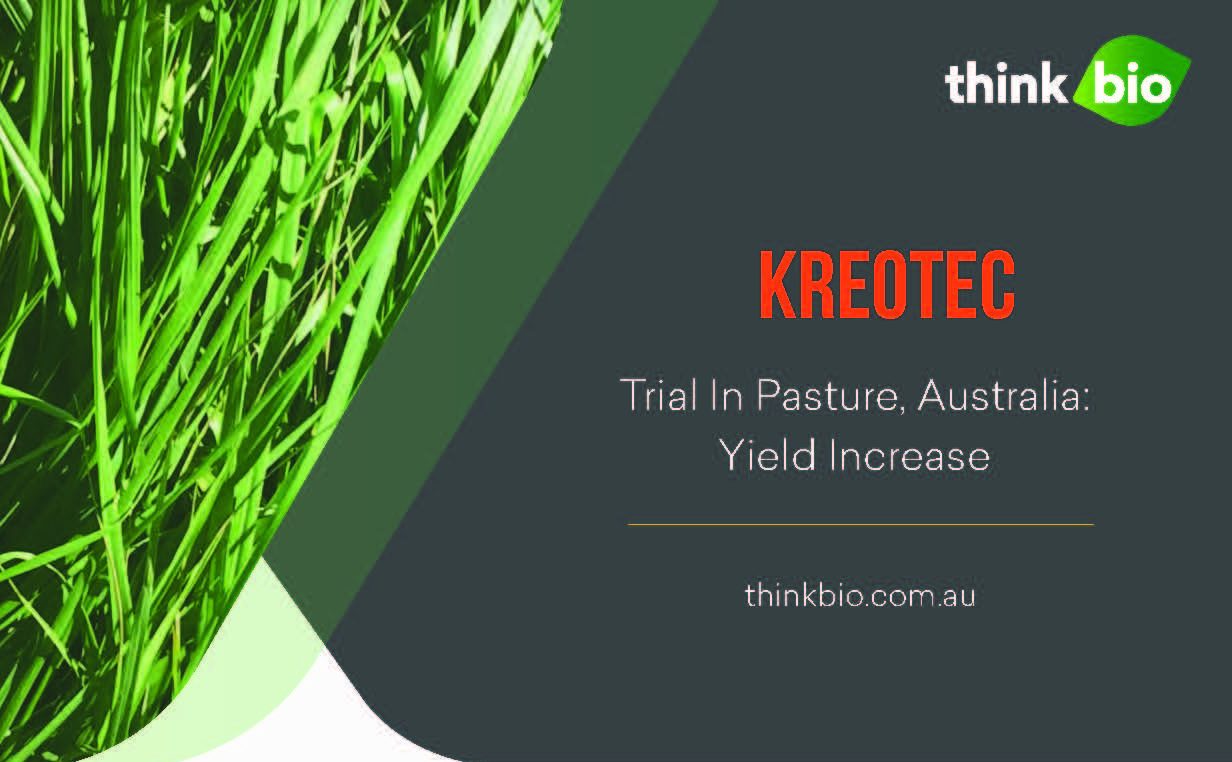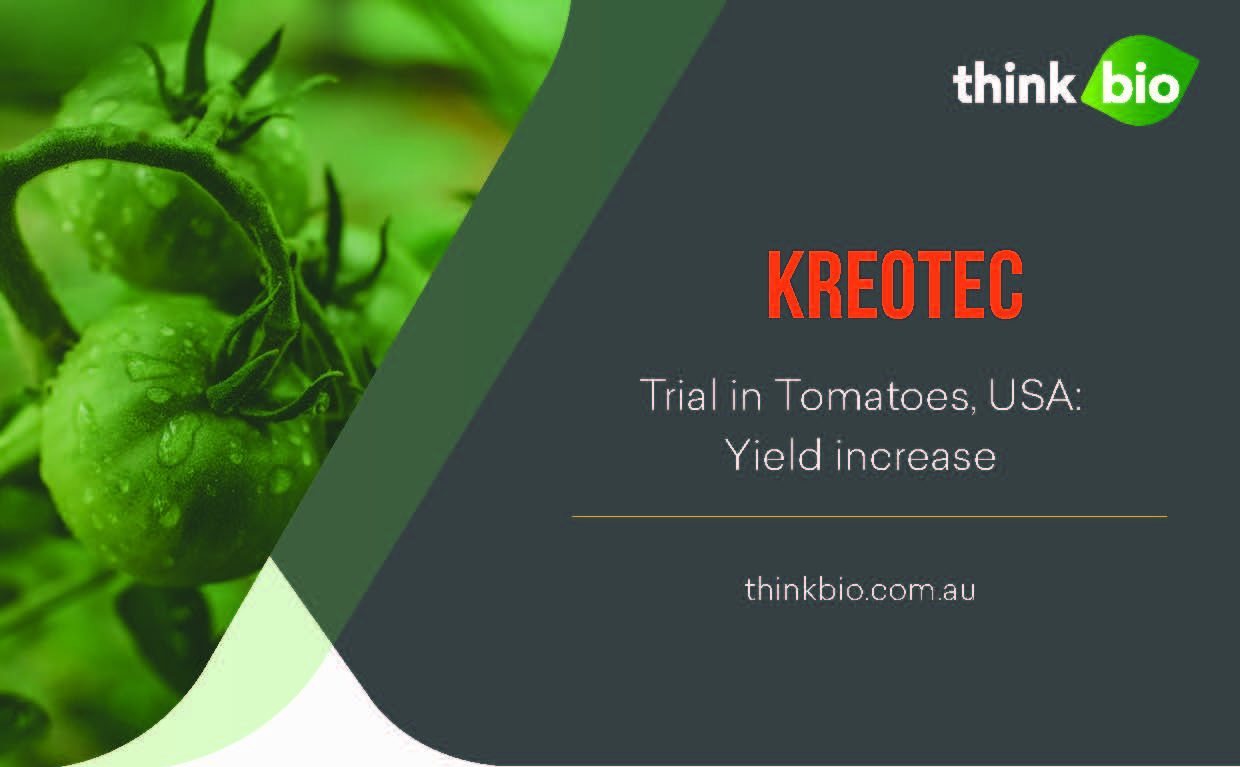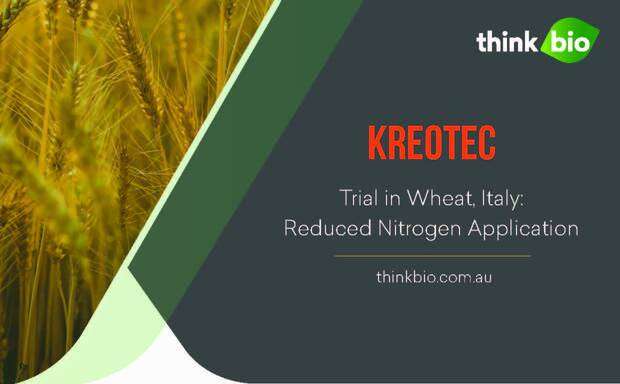Biostimulants for turf are substances or microorganisms that you use to enhance plant growth and health. They improve the overall turf quality by increasing its resistance to stress and disease, and promote root development.
Biostimulants stimulate a plant’s natural physiological processes, and you can use them in combination with fertilizers and other products to improve the overall health and appearance of turf.
This is the first of a two part blog on biostimulant use in turf. The second part is on Fungicide impacts on Biostimulants and what are you actually buying.
The public has become more aware of the impact of synthetic fertilisers and chemicals on the environment. The result is many turf managers have begun to use biostimulants to help manage turf.
At low rates these have many benefits and give a positive growth response. A good example of this is the use of the turf pigment Vertmax Duo which contains salicylic acid.
This not only filters UV light, and gives a rapid colour response but also increases root growth and lateral root branching.
However, you should temper their use with the knowledge that if you decide to go down this path you need to know what you are using.
Simply, using “a biostimulant” and then to expect a result is no guarantee of success. It is most likely going to be a waste of time and money. For example, many turf fungicides tend to kill the very organisms you are trying to encourage.
Examples of Turf Biostimulants.
- Seaweed extracts: These extracts contain a variety of natural compounds that can promote plant growth and health, such as hormones, minerals, and amino acids.
- Microorganisms: Certain bacteria and fungi can be applied to turfgrass to improve root development, nutrient uptake, and disease resistance.
- Humic acids: These acids are derived from decomposed organic matter and can improve soil structure and water-holding capacity, as well as increase the availability of nutrients.
- Plant extracts: Some plant extracts like aloe vera, can be used to improve plant growth and health.
Biostimulants for turf are not regulated by the APVMA. This means it is important to research the product and check the label for the active ingredient, the amount, and the specific use before you use them. Also, consult with a professional before you use any biostimulant, as different turf types may need different biostimulants.
There is a constant stream of new products coming onto the market which make massive claims with little data to support them. This blog is an attempt to cut through the marketing and get to the facts.
Humic substances as biostimulants.
Humics are “natural, highly broken down organic substances with very complex structures”. They are either humin, humic, and fulvic acids. Even if two products contain the same amount of humic acid, they may have come from different sources and so give very different responses.
Humic substances:
- Improve shoot and root growth.
- Increase the soil CEC.
- Improve the soil structure.
- Increase soil microbial activity.
- Improve nutrient uptake and plant hormone activity.
- Improve sports turf seed germination.
Plant Hormones as Biostimulants.
Stress such as heat, cold, and drought cause hormone responses that turf uses to survive.
5 major plant hormones play a role in turf grass.
- Indoleacetic acids (IAA). These are also known as auxins and promote root and shoot growth.
- Gibberellic acids (GA). These promote shoot growth and the germination and growth of seeds.
- Cytokinins (CK) which regulate turf growth and development.
- Abscisic acids (AA) cause a turf response to environmental factors.
- Ethylene which causes a growth response.
The most important of these are CK, GA, and AA.
- Hormones can either be synergistic or antagonistic.
- An antagonistic effect is when hormones affect the same part of the plant but work against each other.
- A synergistic effect is when the effect of two or more hormones is greater than the effect of the individual hormone.
- By knowing what specific hormones do, it is possible to tweak them to get the desired turf response.
-
Vertmax Duo contains salicylic acid which increases turf stress tolerance, speeds up seed germination, and increases root growth and branching.
-
Using strobilurin fungicides and products like Lexicon Intrinsic. This reduces turf respiration meaning more energy goes toward turf growth;
-
The use of trinexapac ethyl (Amigo 120ME) in shade. This increases the production of CK and inhibits GA.
Seaweed as a Biostimulant for Turf.
At low levels, seaweed extracts can cause many beneficial plant responses. Its two main uses in the turf industry are to encourage root growth and to increase stress tolerance.
Products based on seaweed contain organic and mineral compounds. These include:
- Growth substances like auxins, CK, GA’s, and brassinosteroids.
- Very low amounts of nutrients.
- Alginates.
- Amino acids.
- Cell division.
- Shoot initiation.
- The growth of lateral buds.
- Leaf expansion.
- Increases in the opening of stomata.
- Chlorophyll production.
Seaweed on Cool Season Turf.
Studies on cool-season turfgrass show:
- 67% to 175% more roots vs an untreated control.
- 38% more top and 52% more root growth in the Spring.
- Increased levels of photosynthesis.
- More leaves and shoots that have a higher shoot and root mass.
- Higher drought and salinity tolerance.
-
If you use seaweed plus iron in the Autumn, it helps warm-season turf keep its colour and encourages early spring green-up.
-
Foliar seaweed extracts give 15% less root decline over a 42-day heat stress trial.
-
The best way to use this is intiially on a 30-day interval as you head into the Summer.
-
As the heat and turf metabolism increase, shorten the interval to 14 days.
-
This shorter interval during heat periods is because CK etc tend to break down faster in the plant as the temperature increases.
Phylgreen®
Phylgreen® is an extract of Ascophyllum nodosum and it maintains all its “goodies” as a result of its extraction process.
- When you pre-stress condition the turf, it conditions it against abiotic stress.
- This is called a “Primactive Effect” and increases the ability of turf to cope with stresses such as heat or drought.
Amino acids.
- Improves aeration recovery with less nitrogen;
- Increases the uptake of herbicides, fungicides, and PGRs;
- Gives a long-lasting colour response;
- Increases turf health and
- Be used along with soil wetting agents (Hydroforce Recharge) to counter stress and boost recovery.
Research.
- Improve golf green performance in older low-shoot density creeping bentgrass, without having to re-surface.
- Increase the evenness of a surface in high stress periods.
- Help to control turf nematodes.
Delfan Plus V.
- Delfan Plus V is an L-α amino acid biostimulant for turf.
- L-α amino acids are potent plant biostimulants and turf stress relievers.
- Some of the amino acids in Delfan Plus V are anti-stress compounds which the plant uses to maintain growth.
- The key to using Delfan Plus V is to use it before stress occurs.
- Delfan Plus V reduces negative stress chemicals, and the turf is then better able to resist abiotic stress.
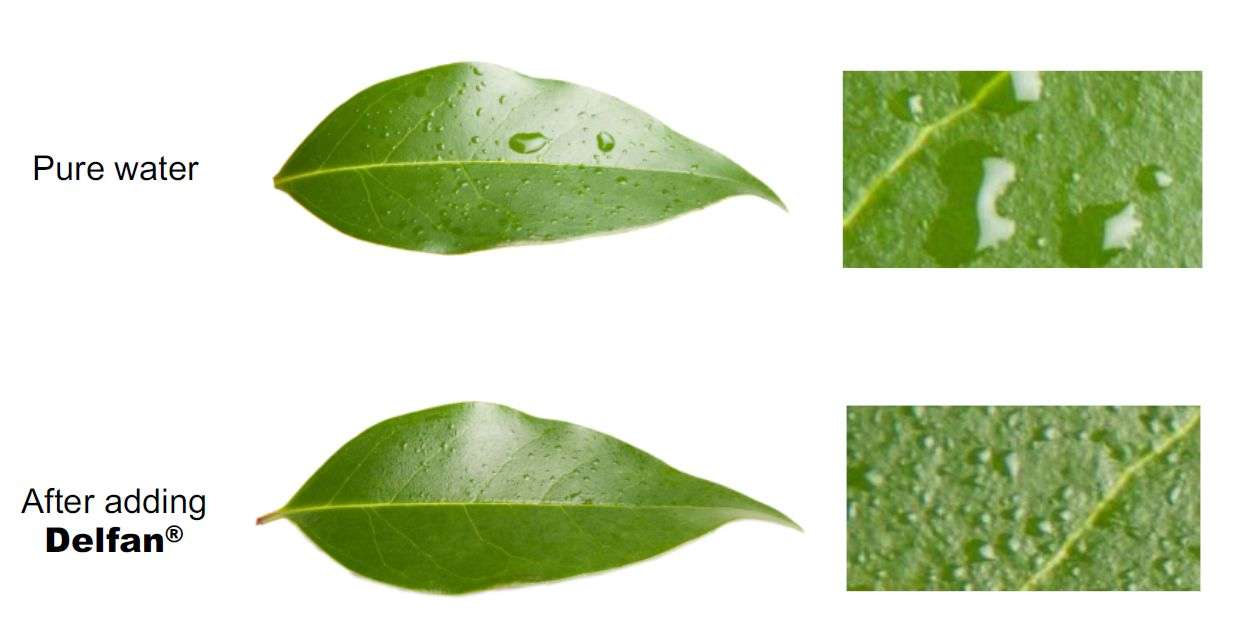
Delfan® V Plus has also been used as a spray tank additive to reduce the surface tension of turf chemical sprays and increase chemical to target contact.
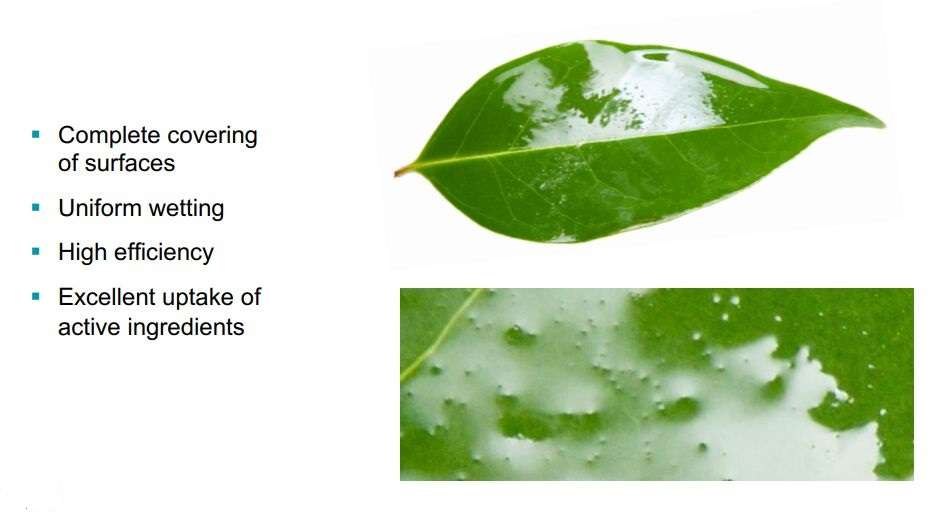
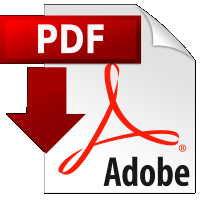
Defan V Technical Sheet

Research showing the importance of timing when applying bio-stimulants such as Delfan Plus.
Kreotec as a Turf Biostimulant.
Kreotec® is an inoculant, that contains a blend of bacteria. After you apply it to the leaf surface the bacteria enter through the leaf stomata and live inside the plant.
Kreotec® increases N use efficiency, and cuts back on the need to apply fertilizer by adding up to 30 Kg of N/Ha.
- Work on lettuce shows an increase in growth. It reduces fertilizer needs by up to 60% of the normal rate with no decrease in yield.
-
In ryegrass there are also yield increases.
In the second part of this blog on biostimulants in turf we cover VAM and Trichorderma.
The information on this website is for general purposes only. The information is provided by Gilba Solutions and while we try to keep it up to date and correct, we make no representations or warranties of any kind, express or implied, about the completeness, accuracy, reliability, or suitability with respect to the website or the information, products, or services, on the website for any purpose.
© 2022, Gilba Solutions Pty Ltd, All rights reserved
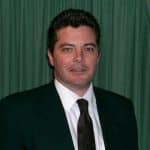
Jerry Spencer
Jerry has an Hons Degree in Soil Science (1988) from Newcastle Upon Tyne University. He then worked as a turf agronomist for the Sports Turf Research Institute (STRI) until 1993.
He gained a Grad Dip in Business Management from UTS in 1999. He has held a number of technical roles for companies such as Arthur Yates (Commercial Technical Manager) and Paton Fertilizers (Organic, turf specialty and controlled release fertiliser) portfolios.
In 2013 he established Gilba Solutions as independent sports turf consultants and turf agronomists. Jerry has written over 100 articles and two books on a wide range of topics such as Turf Pesticides and turfgrass Nutrition which have been published in Australia and overseas.

